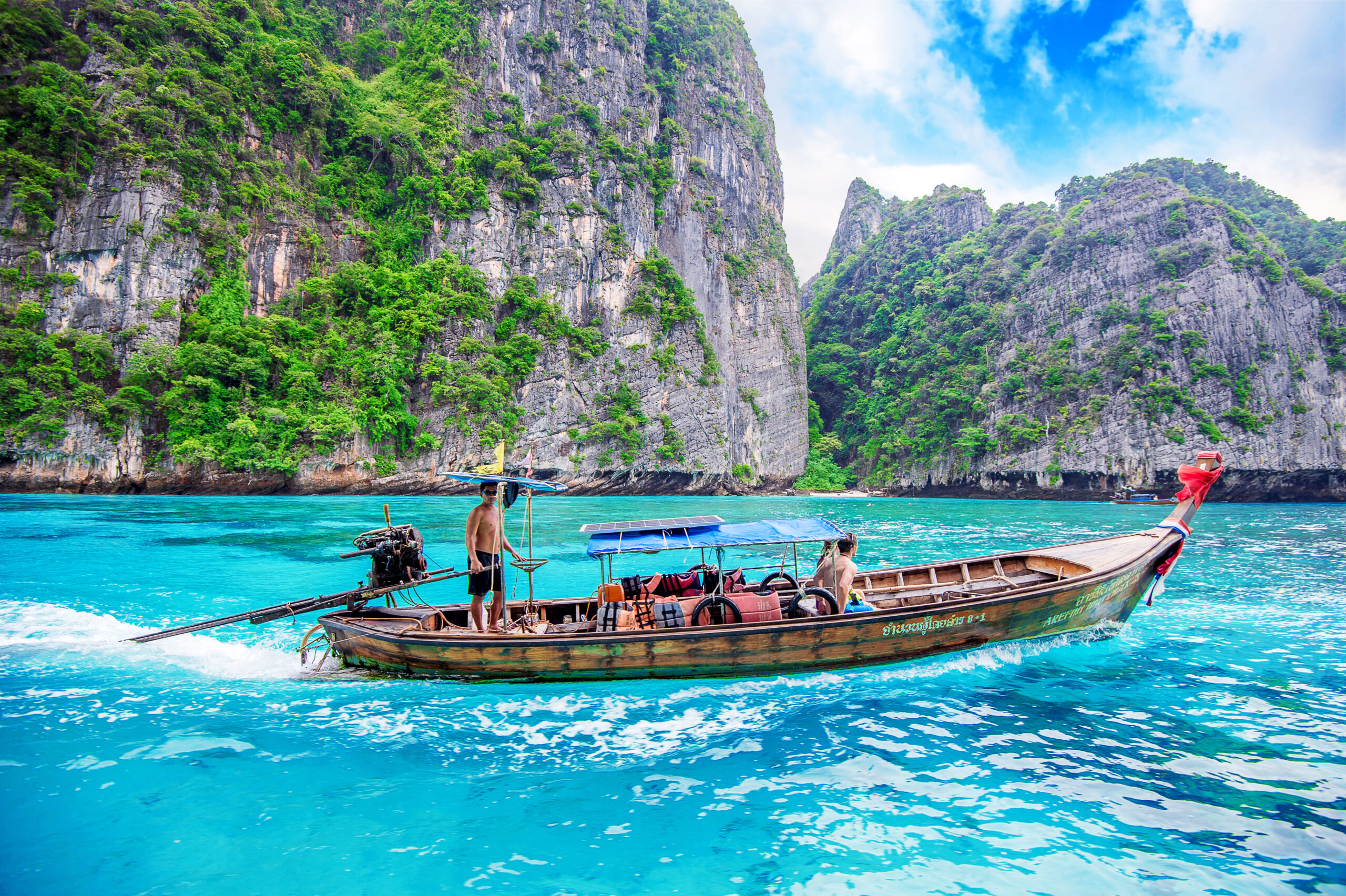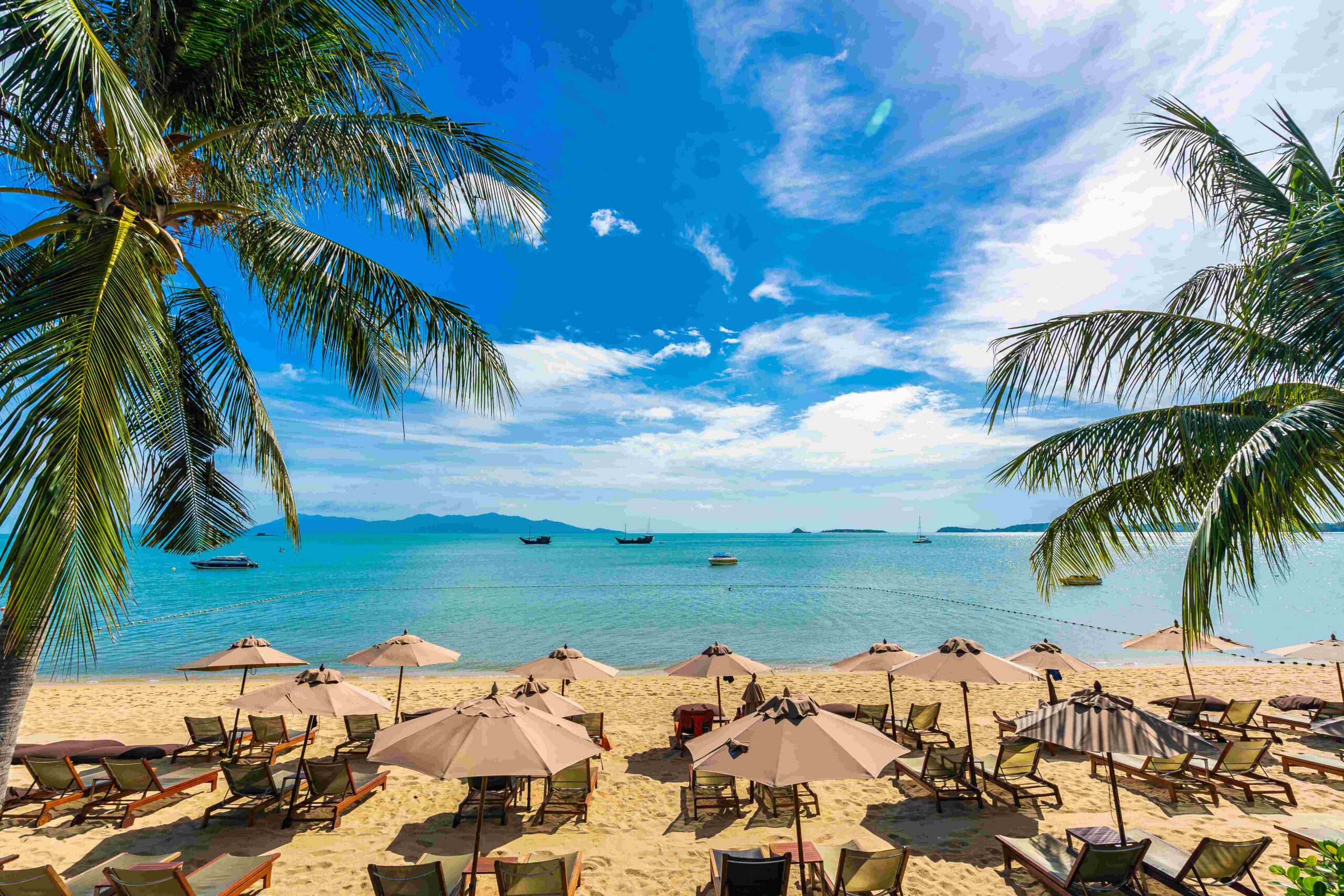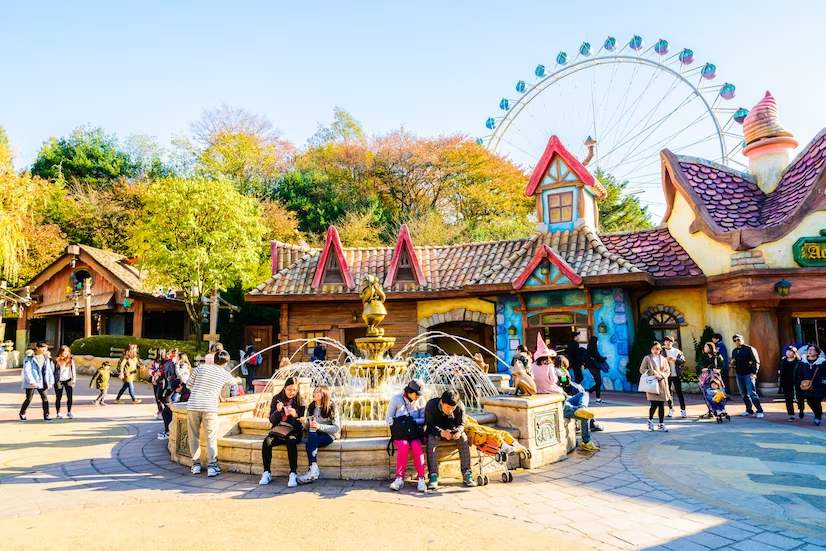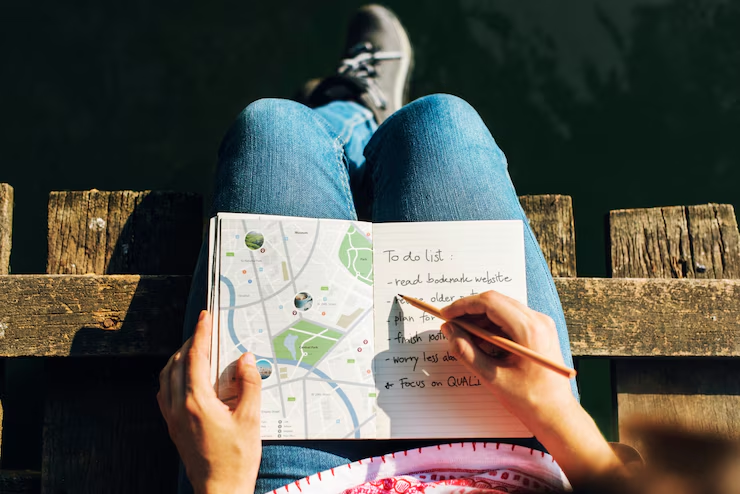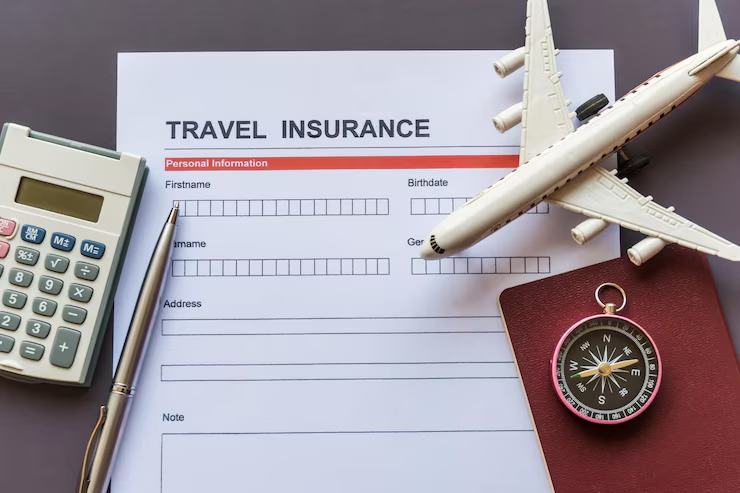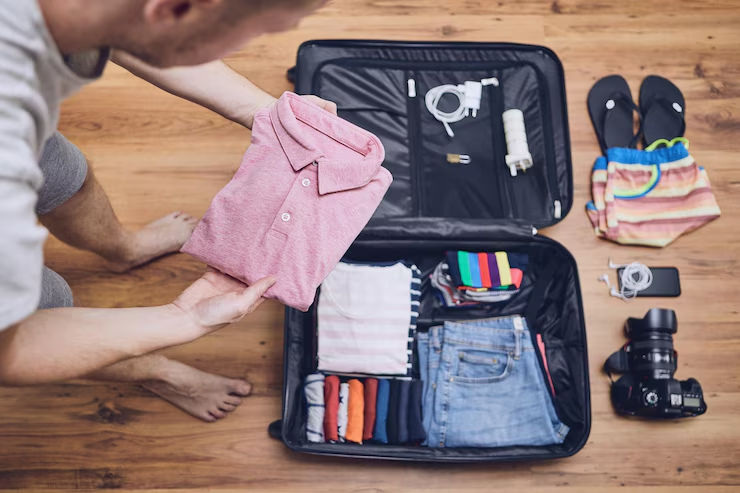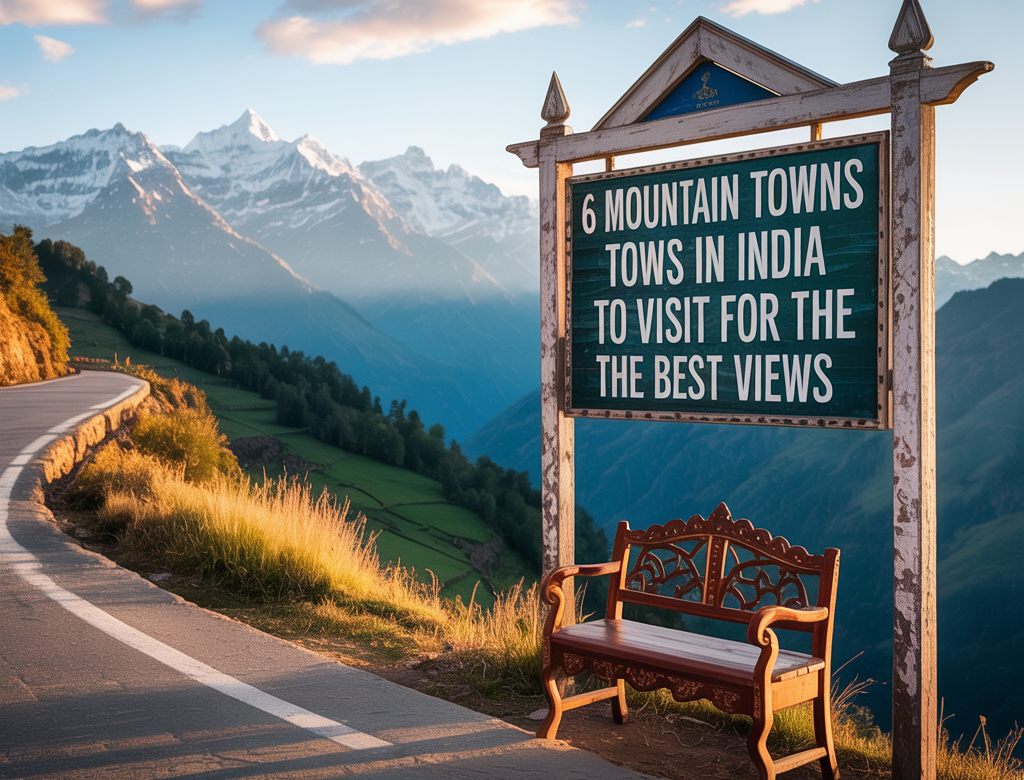- Solo TravelTravel Health and Safety
- June 21, 2025
- No Comment
- 0
How Solo Travelers Can Stay Safe While Exploring Remote or Off-the-Beaten-Path Locations

Solo Travelers – For many, solo travel represents freedom, self-discovery, and the thrill of venturing into the unknown. But when it comes to exploring remote or off-the-beaten-path destinations—be it a Himalayan village, a remote Amazon trail, or a forgotten desert ruin—the risks are undeniably higher. In such places, the absence of basic infrastructure, limited communication, and unfamiliar surroundings can pose real challenges to a traveler’s safety.
However, with careful planning, awareness, and a few smart precautions, solo travelers can enjoy the raw beauty of remote destinations without compromising their safety. Here’s a comprehensive guide on how to ensure your solo adventures remain thrilling and safe.
1. Do Thorough Research Before You Go
Preparation is the foundation of a safe trip. Before heading to a remote location:
- Understand the area: Learn about local customs, laws, geography, weather conditions, and potential dangers.
- Check travel advisories: Government websites often provide up-to-date safety information, including areas to avoid.
- Know emergency contacts: Find out where the nearest hospital, police station, or embassy is—even if it’s far.
- Read traveler experiences: Blogs, forums, and recent reviews can offer insights into real on-the-ground conditions.
By knowing what to expect, you reduce the chances of unpleasant surprises.
2. Share Your Itinerary with Someone You Trust
When exploring places with limited connectivity, informing someone of your plans is vital. Share details such as:
- Your daily travel route and approximate check-in times
- Accommodation bookings
- Flight or transport details
- Emergency contacts
Apps like Life360 or Google Maps location sharing allow real-time tracking, even in areas with limited signal, as long as you have periodic internet access.
3. Invest in Travel Insurance
While it may seem like an extra cost, comprehensive travel insurance is a non-negotiable when traveling solo to remote areas. Look for policies that cover:
- Medical emergencies and evacuation
- Trip cancellations and delays
- Lost luggage or theft
- Adventure activities (if you’re trekking, diving, or climbing)
Emergency evacuation from a remote jungle or mountain range can cost thousands of dollars—travel insurance ensures you’re protected.
4. Stay Connected (Even When Offline)
- Carry a satellite phone or GPS device: In places with no cell service, satellite communication tools like Garmin in Reach or SPOT devices can send SOS messages and keep you in touch.
- Download offline maps: Apps like Google Maps, Maps.me, or Gaia GPS allow you to navigate without internet.
- Use travel apps wisely: TripIt, Polarsteps, and WhatsApp (with periodic syncing) can help you stay organized and connected.
Reliable navigation and communication tools are crucial when exploring unknown territory alone.
5. Choose Accommodations Wisely
Not all remote lodges or guesthouses offer the same level of safety.
- Read recent reviews: Other solo travelers often share useful tips or red flags.
- Check for secure facilities: Lockable rooms, proper lighting, and 24/7 staff are indicators of safety.
- Trust your instincts: If a place feels off, leave. Your gut often picks up on subtle danger signals.
In rural or isolated areas, choosing a well-reviewed and known homestay or eco-lodge can make all the difference.
6. Dress and Act Respectfully
In unfamiliar regions, especially conservative or traditional societies:
- Dress modestly: Adhering to local dress codes helps avoid unwanted attention.
- Learn basic local phrases: Simple greetings or asking for help in the local language builds goodwill.
- Respect customs: From removing shoes before entering homes to avoiding certain hand gestures, local etiquette matters.
Standing out too much—especially as a solo traveler—can make you a target. Blending in and being respectful keeps you safer.
7. Be Cautious with Strangers
While locals are often friendly and welcoming, caution is key:
- Don’t share too much personal information: Avoid revealing you’re traveling alone or where you’re staying.
- Stay in public places: Meet new people in cafés, parks, or markets rather than secluded spots.
- Trust your instincts: If a situation feels uncomfortable, exit gracefully.
It’s okay to be open to connections but be wise and draw boundaries.
8. Pack Smart and Light
When traveling solo in remote areas, packing essentials can save your life:
- First aid kit: Include pain relievers, band-aids, antiseptic, altitude medication, and any personal prescriptions.
- Headlamp or flashlight: Power outages are common in remote locations.
- Portable charger/power bank: Keep your phone and GPS alive.
- Water purification tablets or filter: Clean water may not be readily available.
- Multipurpose knife or tool: Handy for various situations, from meals to minor repairs.
Every item in your backpack should serve a purpose.
9. Avoid Risky Situations
Just because you’re seeking adventure doesn’t mean you should take unnecessary risks:
- Don’t hike or explore unknown trails alone at night.
- Avoid excessive drinking, especially in unfamiliar company or places.
- Don’t rely on unknown transport options: Always use verified taxis or trusted ride services.
Your safety is more important than ticking off a bucket-list item.
10. Stay Physically and Mentally Fit
Remote travel can be demanding. You’ll need stamina, awareness, and sometimes survival instincts.
- Train beforehand: If you plan to trek or bike, build your fitness level accordingly.
- Get proper vaccinations: Diseases like malaria or typhoid can be common in remote tropical regions.
- Stay mentally sharp: Fatigue, dehydration, and stress can cloud judgment. Rest well, eat right, and stay hydrated.
Being fit prepares you not just for fun, but for emergencies too.
Final Thoughts
Solo travel to remote or off-the-beaten-path locations is deeply rewarding—it challenges you, connects you with nature, and offers authentic cultural encounters. But with adventure comes responsibility.
Staying safe doesn’t mean being paranoid; it means being prepared. By equipping yourself with the right tools, mindset, and information, you can explore even the most hidden corners of the world with confidence and peace of mind.
So go ahead—chase those sunrises in the Andes, trek those forgotten Himalayan paths, or camp under the stars in a faraway desert. Just make sure you come back home safe to tell the tale.

